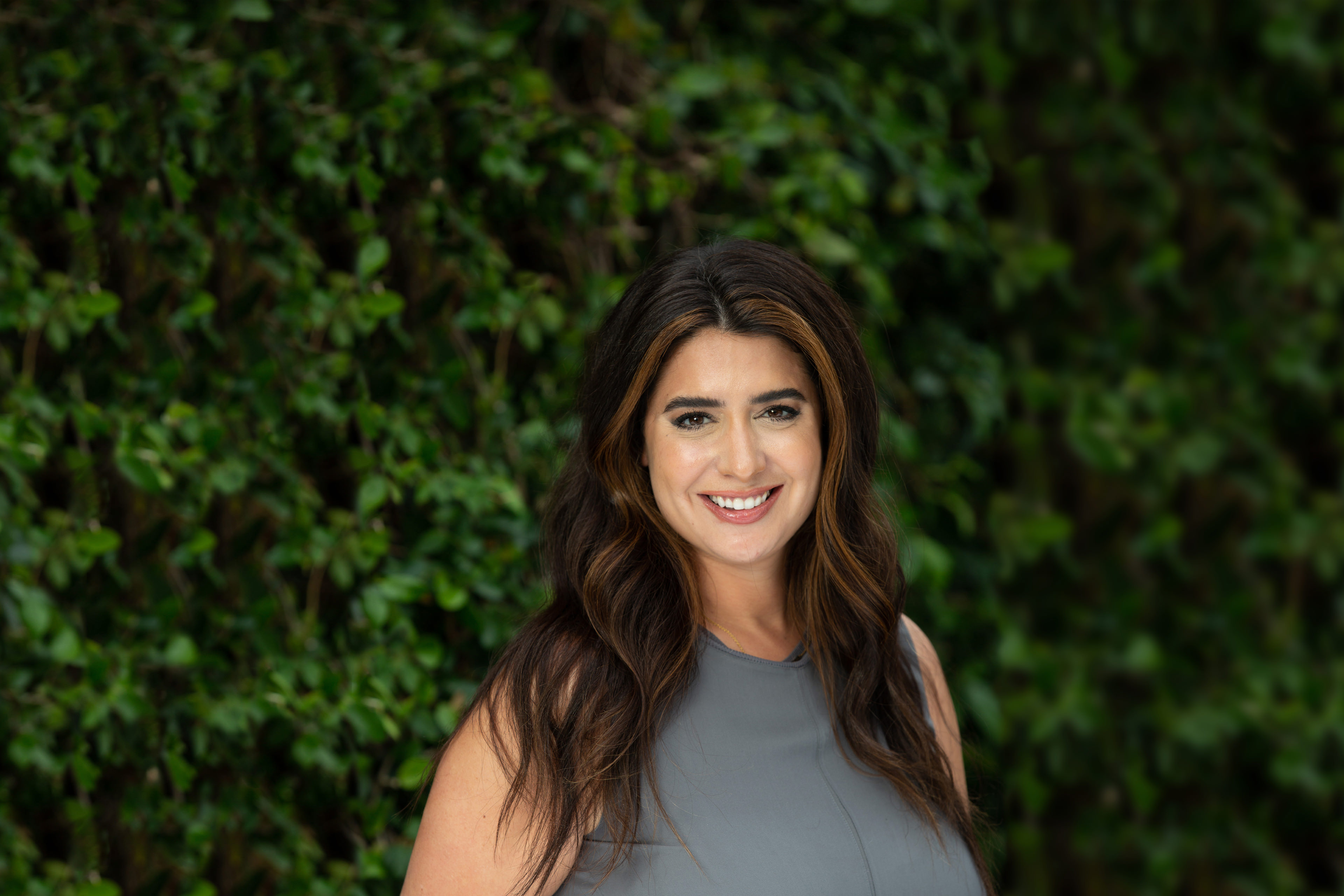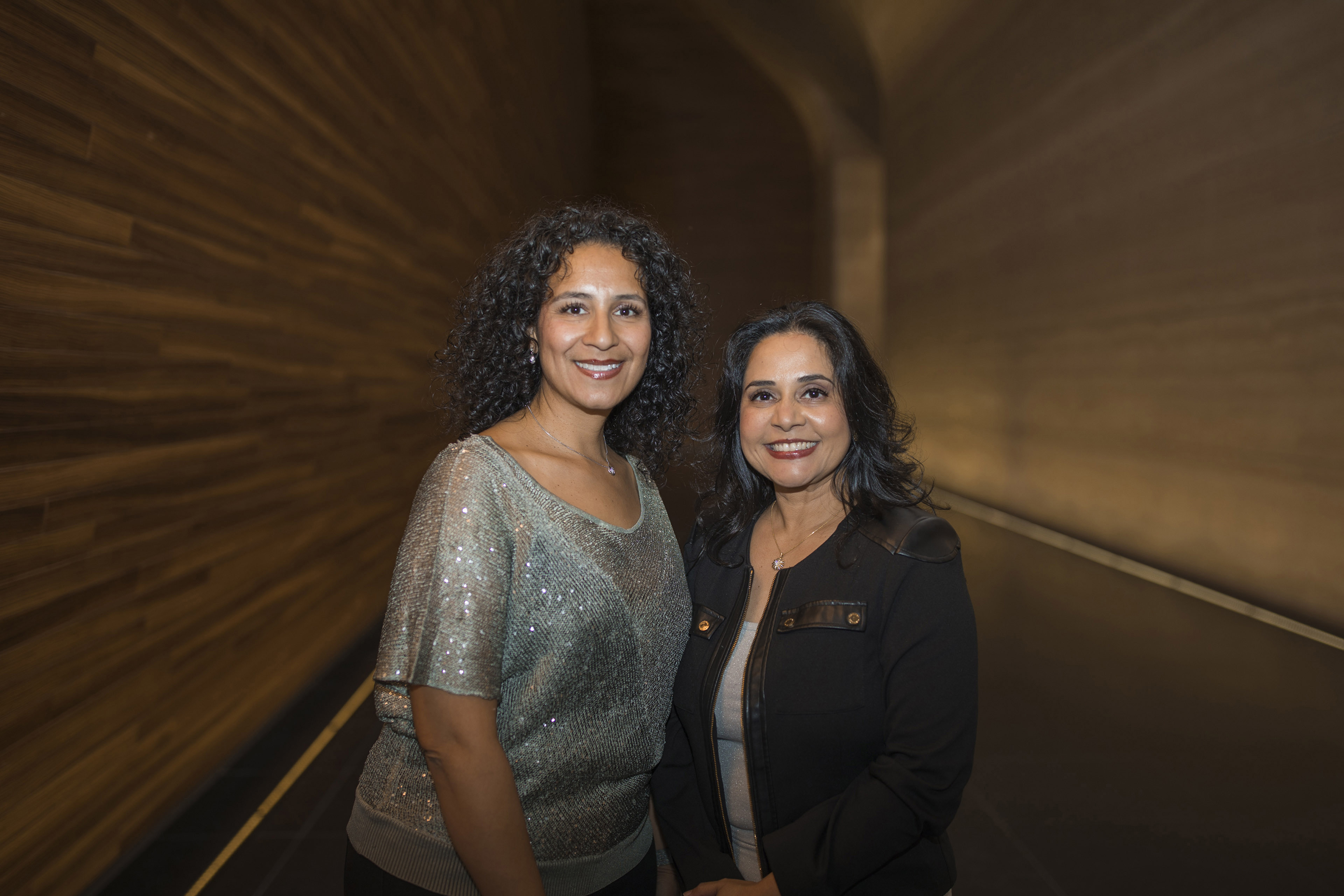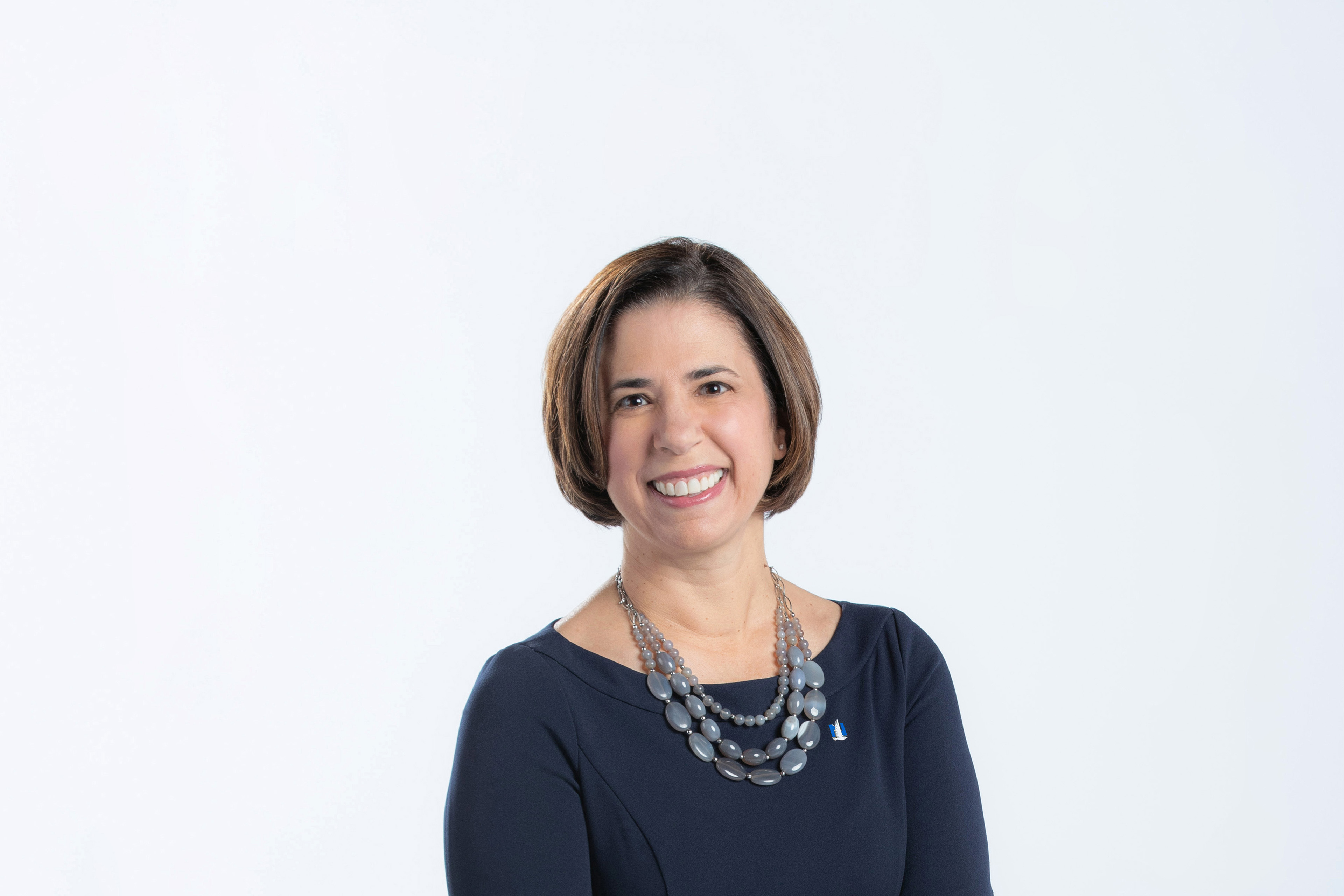EY refers to the global organization, and may refer to one or more, of the member firms of Ernst & Young Global Limited, each of which is a separate legal entity. Ernst & Young Global Limited, a UK company limited by guarantee, does not provide services to clients.

Learn how this gallery owner showcases photography-based art that helps us see the world differently.
When Geoffrey Koslov concluded his 36-year career with Ernst & Young LLP in 2014, he knew exactly what he wanted to do for the next stage of his professional life. The retired tax partner had served and supported arts organizations for many years, and he was intent on showcasing photography-based art that pushes boundaries. He and business partner Bryn Larsen — whom he met when both served on the photography acquisitions committee for the Museum of Fine Arts in Houston — opened Foto Relevance LLC in 2016. The 2,500-square-foot gallery in Houston’s historic Museum District provides a platform to showcase innovative work and guidance for collectors and institutions on acquiring and selling art. Geoffrey’s passion comes through in commentaries he posts on the gallery website. He writes about what artists are creating, why and how they’re doing it, and how their work relates to the history of photography. When we caught up with him recently, he exuded that same palpable enthusiasm and spoke about the power of art to bring people together, lessons from his EY days and connections that last a lifetime.
Tell us about your path from EY to the world of art curation.
I’ve always been involved in art, photography specifically. My father, who was a scientist, collected things including photography equipment, so I developed technical knowledge when I was very young. That got pushed aside for a while when I was working at the firm, but the interest was there and I’ve always supported the arts, including critiquing and reviewing artists. By the time I retired, the stage was set for me to open the gallery and help artists. We show contemporary work — all of our artists are living and working today and doing new, creative things.
How has your business experience informed or enhanced your work in the arts?
Everything I did with the firm helped me develop and hone the skills I needed to be successful in this business. At EY, we learned how to train and mentor people; at the gallery, we do the same. I have hired a number of Rice University graduates, so we have very talented people whom we mentor and challenge to understand an art gallery’s operations, review art, coordinate logistics, as well as curate an entire exhibition. We’re also dealing with clients — institutions, museums, art advisors and collectors — so my years at the firm certainly trained me for that. In addition, while with the firm I learned how to get through the tough times, rely on and trust people, and that’s precisely what we do here. Then there’s the concept of working in a partnership, which isn’t necessarily intuitive. The good news is that Bryn, my partner, was a lawyer — she also shares a deep passion for the arts and experience working with people.
How does Foto Relevance’s mission align with your personal sense of purpose?
Some of my own photography work has been collected, but I found greater satisfaction in helping other artists. There are not enough galleries in the world to get all the good quality art that is there to be seen. Over the years, in speaking with artists, I realized many didn’t understand the business of art. Consequently, we’re focused on transparency and education and we discuss things like: Who pays for what? What’s the arrangement for commissions? Who insures art? What happens with storage and shipping? The first thing we do is write an artist agreement, providing them a draft they can comment on, understand the business arrangement, and ask questions before it’s finalized. When we sell work, we immediately let the artist know what is happening. The artists are often involved in the process. We keep a transparent record of timing and distribution.
Another lesson from my days with EY was to be open to other perspectives. I’m a strong advocate of freedom of thought and expression, regardless of whether I agree.
How have you and the gallery navigated the pandemic?
In January 2020, we moved to the space we are in now, which is fabulous. In March 2020, we were involved with FotoFest, a huge international photography event, and were set to host a number of events. We got through the first week, but the next day the world shut down. Art isn’t considered an essential business — I really have an issue with that — so we were closed for five or six months. Gradually, we started opening again. One of the things I’m most proud of is that we kept our employees. Even though we were down a wee bit from our projections, we’ve grown every year since we started in terms of size, artists represented and revenues.
Why is the idea of pushing the boundaries of photography important to you?
My primary interest is in how an artist will get us to see the world differently. The original word for “photography,” from the Greek, means drawing with light. You can have camera-based work and camera-less work; we have both. I’m interested in how you create the image, how you produce it and how you present it. It’s not just seeing an object on the wall and saying that’s the way it’s got to be. We deal in photography-based work, which means it needs to incorporate a photograph. It could be sculptural; it could be three-dimensional. Instead of just being printed on paper, we have some work that is printed on metal, fabric, glass or other materials. One of our artists, Robert Calafiore, reaches back to the earliest days of photography with a technique called “camera obscura,” which involves a hand-built pinhole camera, basically a light-proof custom-sized box, putting a hole in it — maybe a lens — and creating a unique print on film or paper. Each of our artists uses a photographic process in a uniquely different way to create an exceptional visual image. Each is a work of art in its own right.
What’s an example of an exhibit that was especially meaningful to you?
Two were particularly special exhibits, because each of these exhibitions was completely conceived and executed by a member of our staff as their own curatorial project — projects that affected each of them personally, and for which each were deeply passionate. One, called Now You See Me, was an exhibit of works by Asian American artists, curated in 2020 by Erica Cheung, herself an American of Chinese heritage. She wrote in the commentary for the exhibit about the nuances of being an Asian American. Her experience has been that, just by being of Asian descent, people react differently to her. We presented this show at a time when some people were misguidedly blaming Chinese people for COVID-19. She selected a group of exceptional artists who each highlight the experiences of Asian Americans in this country in the past and the present, including several artists Erica found whom we didn’t know, which was great. Erica has now gone on to get her MA and MFA at the School of the Art Institute of Chicago (SAIC).
The second, called The Body as Memory in early 2022, was curated by our current director, Suzanne Zeller, another Rice graduate we hired when Erica moved on. Suzanne doesn’t identify with binary gender and identifies with the queer, or LGBTQ+, community. She pulled together three queer artists, and the type of art she exhibited was amazing. One of the artists, Nick Simko, creates wall-sized, fragmented tapestries. The image begins with a studio setting portrait of a group of people, then the digital file is conveyed to a Jacquard loom — a large weaving tool for rugs and tapestries — and the image is literally woven into the fabric. These pieces are large, for example 8 feet by 10 feet, to be hung on the wall. First, however, the artist takes the tapestry, flips it over, cuts it into a number of pieces, disposing of sections of the image. The remaining fragments of the image are then hung on the wall, showing visually how only fragments of history are passed down — information may be intentionally omitted, or manipulated, in order to control the narrative. So I learned several things: a new style of creating art, but also a lot about the queer world.
There are so many lessons for all of us in both of those exhibits. We were able to provide two young talented people a platform to freely express themselves, and give an opportunity for exhibition to artists we might never have identified on our own. A win for them, for us and for the community.
What do individual collectors and companies need to be mindful of when they enter the art world?
That art is about what you love. You should find trusted advisors for art, just like you find a trusted CPA, consultant, lawyer or doctor. For companies, when your people are surrounded by good art, it makes them feel special, because it shows you care.
People shouldn’t be intimidated by looking at art in art galleries and asking about the work or price. It’s not uncommon to walk into a gallery and have no one speak to you, but we make it a point to greet anyone who enters. When someone walks into our gallery, we get up and say hello. Each of us will say: “If you have any questions, let me know. I’m right here.”
What stands out most about your EY experience?
Dealing with people, clients and staff is a big part of it, but values are also important. We only have the trust and respect that we carry with people. Another significant thing was working with the CIS [Commonwealth of Independent States] practice after the breakup of the Soviet Union. I lived in Moscow for a while and would travel back and forth, but never moved my family. It was a wonderful experience at many levels, from the experience of seeing history unfold to dealing with issues and companies in a cross-border setting.
Who are some of the most meaningful people to you from your EY days?
I spent my first three and a half years in audit, and audit partner Dick Birk, also retired, taught me how to deal with clients in a variety of situations. He’s here in Houston, and we’ve been fishing buddies for 40 years. The partner in charge of Tax when I went to that service line was Charlie Baker, who was larger than life. He played football at the University of Texas, then later got his law degree. Charlie took me under his wing, and he was a total Southern gentleman. Sam Gorman, another retired audit partner, and I became even closer friends after we retired because he was a trustee at the Museum of Fine Arts and some other arts organizations in which I was also involved. And Deborah Byers is also someone I’ve been so pleased to stay in touch with.
In business school at Tulane, I had two roommates who are my best friends to this day. One is Scott Thomas, who headed the firm’s Tax practice in New Orleans. We did our first internship together at another business. Later, we joined the firm [Ernst & Ernst at that time] together. The other roommate has a son who now works for EY in New York. The connections to the firm are continuous.
What haven’t we covered that you’d like to mention?
We are always very proud of the artists we represent and celebrate their achievements. One of our artists, Robert Langham III, was just awarded a Guggenheim Fellowship — one of only 13 photographers selected in 2022. He is amazingly creative, and we are the only gallery that shows his work, although he is in a number of private collections and museums. A number of other artists we show have been successful, and we take great pride when we are the first gallery to have shown their work. That’s part of the fulfillment you get: a gallery really is a thing of passion.
More about Geoffrey Koslov
Best shots: Geoffrey’s own photography is conceptual. Favorite subjects include ballet, photo studies of people from the early days of food trucks, landscapes, and the relationship between kids and technology. These days, he’s primarily his family’s photographer.
Speaking of family: Originally from McLean, Virginia, Geoffrey met his wife, Barbara, in Texas. Their three children all earned graduate degrees. Their oldest daughter works with the Sentencing Project, a social justice group in Washington, DC; their son, a post-doc researcher with a doctorate in neuropsychology, soon will relocate from Houston to Philadelphia; and their youngest daughter is an attorney in Chicago.
Into the outdoors: Geoffrey enjoys doing his own photography, golf and sporting clays. “I also have my fishing and all the fish stories that go with it — everything from redfish and trout in the Gulf Coast to halibut, salmon, muskies and northern pike in Canada.”
Summary
Geoffrey Koslov of Foto Relevance LLC spoke with us about the power of art to bring people together, lessons from his EY days and connections that last a lifetime.
Related articles
Felicia DellaFortuna: blazing new trails in digital media
Felicia DellaFortuna, CFO, Buzzfeed discusses changes in internet, trailing digital media and offers advice to women in their career journeys.
Monica Marquez and Nikki Barua: propelling women higher
Read how Monica Marquez and Nikki Barua are elevating women of diverse backgrounds in organizations.
Melanie Kolp: elevating women in technology
A trailblazer for women in technology, read Melanie Kolp’s journey to inspiring others to take on the tech bug.
How EY can help
-
Our exceptional Private client experience has been designed to combine our unique talent, technology and ecosystem to meet the needs of private companies. Learn more.
Read more






